-


Low Insertion Loss: Ensures minimal loss of light during transmission.
Cost-Efficient: More economical over long working distances.
Broad Working Area Handling: Capable of managing extensive working areas effectively.
High Power and Chemical Resistance: Durable under high power and resistant to chemical substances.
High Refractive Index: Optimized for the spectral bandwidth used in optical fiber communication.
Anti-Reflection Coatings: Both ends of the lens are coated to ensure high transmission and efficient power output.
Applications: Beam Collimation, Light Coupling, Fiber Lasers, etc.
-
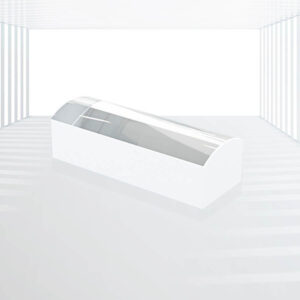
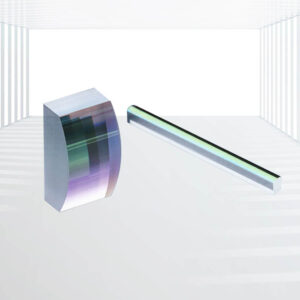
Collimation of Diode Laser Beams: FAC lenses are designed to collimate spreading light beams from a diode laser along the fast axis, transforming divergent light into parallel beams.
Beam Profile Adjustment: These lenses help adjust and shape the beam profile for optimal performance in various applications.
High-Power Applications: Suitable for high-power diode lasers, ensuring efficient beam shaping and high transmission.
Applications: High-Power Diode Lasers, Optical Communication, Laser Material Processing, Medical and Biomedical Applications, Optical Metrology, etc.
-
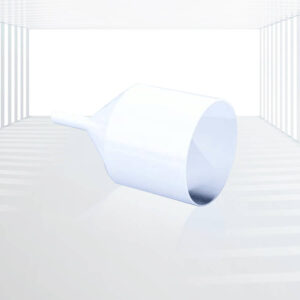
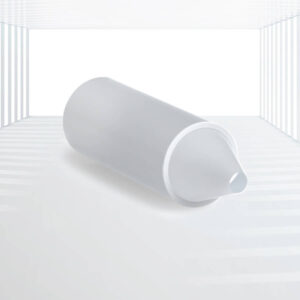
Extended cross-sectional area of the fiber end-face: By extending the cross-sectional area of the fiber end-face, the power density of the terminal is reduced, preventing fiber damage caused by intense heating and burning.
High Damage Threshold: With a high laser damage threshold, it is able to work for long periods of time without damage under high power conditions.
Beam Expansion: Reduces power density through beam expansion, allowing fiber optic components to operate within a tolerable range and avoid damage.
Uniform Beam Expansion in Homogeneous Media: The end caps are colorless and enable uniform beam expansion in homogeneous media.
High precision: It has high machining accuracy, which ensures a good combination of end cap and optical fiber.
Low Power Absorption: The design is reasonable, and the power absorption is extremely low, ensuring the reliability of long-term operation.
Versatile design: Customized shank or tapered drop-in segments with a special tilt angle at one end for easy splicing with optical fibers.
Applications: Fiber lasers, Fiber Amplifier, High-power optical system, Optical communication, Industrial processing, etc.
-


Non-Fiber-Based Design: Utilizes polarization beamsplitter cubes and waveplates rather than fiber-based components.
High Damage Threshold: Suitable for high power applications, ensuring durability and reliability.
Tight Tolerance Control: Ensures precision and optimal performance.
Excellent Transmission: Guarantees optimized working efficiencies for laser systems.
Customizable Specifications: Includes a variety of dimensions and coatings to meet specific requirements.
Applications: Output Power Scaling, Laser Systems, etc.
-
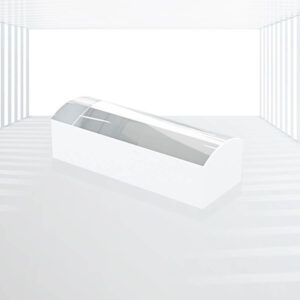
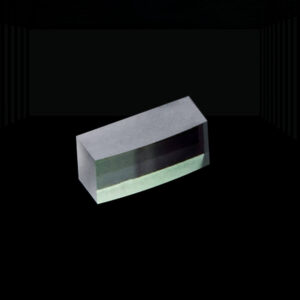
Beam Shaping: SAC-Lenses reshape the elliptical beam emitted by diode lasers into a more circular or symmetric profile, making it easier to focus or collimate further downstream in optical instruments.
Improved Beam Quality: By reducing the divergence angle along the slow axis, SAC-Lenses enhance the overall quality of the laser output, resulting in a high-quality, symmetric beam profile.
Beam Collimation: In addition to shaping the beam profile, SAC-Lenses collimate the beam along the slow axis, ensuring that the beams remain parallel and maintaining beam integrity over long distances.
Divergence Control: SAC-Lenses effectively control the overall divergence of the laser beam by reducing divergence along the slow axis, leading to better focusing and increased range for applications such as laser cutting or engraving.
Applications: Laser Materials Processing, Medical Applications, Optical Instrumentation, Laser Engraving and Marking, etc.
-
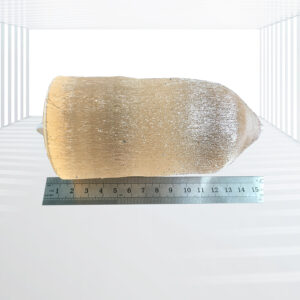
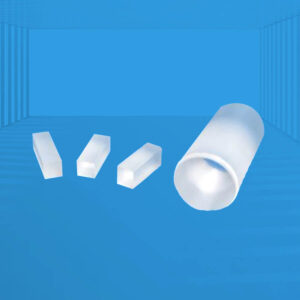
Large Verdet Constant: Approximately 40 Rad T^-1 m^-1, indicating strong magneto-optical effects.
Superb Thermal Properties: Thermal conductivity of 7.4 W/m/K, providing excellent thermal management.
Low Optical Losses: Less than 0.1% per centimeter, ensuring minimal light attenuation.
High Damage Threshold: Can withstand laser-induced damage thresholds greater than 1 GW/cm².
Better Performance: Outperforms terbium-doped glasses in high average power fiber lasers due to greater Verdet constant and lower optical losses.
Applications: Faraday Rotators, Magneto-Optical Modulators, Circulators, Current Measuring Transducers, etc.
-
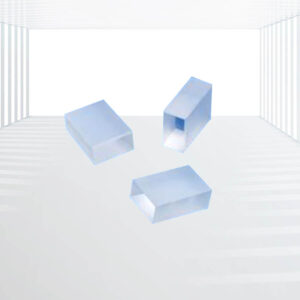
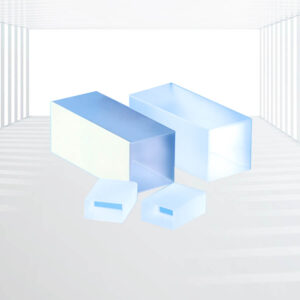
Higher Performance: TSAG crystals exhibit stronger functionalities compared to TGG crystals.
Verdet Constants: High Verdet constants indicate the material’s strong ability to induce Faraday rotation.
Thermal Stability: Low thermal-induced birefringence ensures stable performance under varying thermal conditions.
Mechanical Strength: TSAG crystals have excellent mechanical characteristics, making them suitable for high-power lasers.
Wide Transmission Range: TSAG crystals have a broad transmission range from 400nm to 1600nm, covering both visible (VIS) and near-infrared (NIR) zones.
Compact Designs: The material properties allow for the design of compact and efficient optical devices.
Applications: Faraday Optical Isolators, Faraday Rotators and Circulators, Scintillators, etc.














